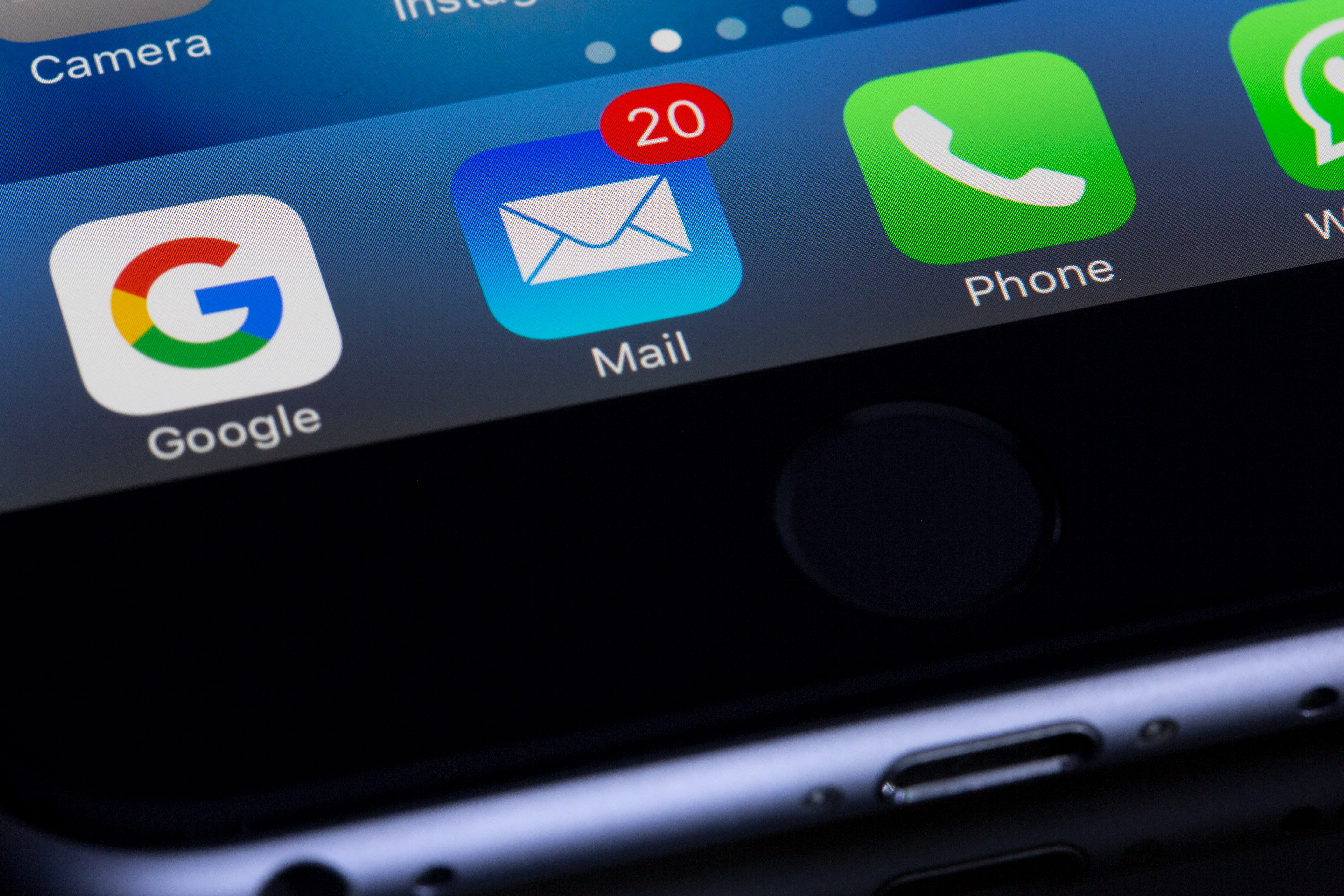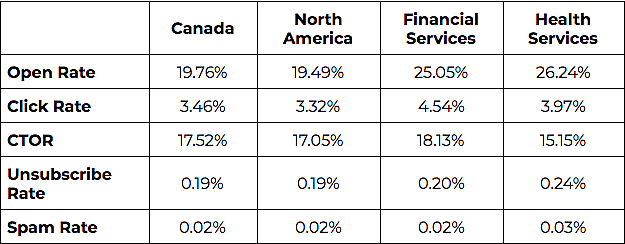5 Tips to Optimize the Performance of Your Newsletters

If you’ve found your way onto our blog, we probably don’t need to reiterate to you the importance of social media in today’s digital communications. But social is not necessarily the holy grail when it comes to content distribution.
Digital strategists today are constantly adding new platforms to their toolbox that often end up being replaced by the next new thing—RIP Vine, Hello TikTok for instance. Among all the digital points of contact, one has been standing strong for years: the newsletter. Email marketing is still as relevant and more customizable than ever. There are still twice as many email addresses in circulation today as there are accounts on all social media combined.
So here you are, you’ve chosen the message you need to pass along, your newsletter seems well structured, well designed, but now you need to ensure you’ll reach as many people as possible. Here are 5 best practice tips that will allow you to optimize your results the next time you hit send.
1. The Email Subject Line
As we’re all aware, subjects are the first point of contact to a newsletter’s content. That being said, the short piece of text you choose can significantly impact your open rate.
There are a few general tips when it comes to writing email subject lines. First of all, be fun! Don’t shy away from including pop-culture references. Also, keep it short. Use between 6 and 10 words and fewer than 50 characters. Between 20 and 32 characters is even more optimal and mobile friendly.
Here are a few title styles that can typically improve performance results:
Subject Lines Including Numbers
The reader knows right away what kind of content is in store for them. An easy-to-read, listicle format that will be quick and to the point.
e.g. 7 Tips to Reduce Workplace Stress
References or Comparisons to Popular Culture
It’s fun. It’s familiar. It doesn’t take itself too seriously.
e.g. How Beyoncé Can Help You Become a Better Manager?
The Exclusive Subject Line
The promise that the reader will receive or be shown something that only a select few individuals are privy to. Although this is a strong tactic, we recommend you don’t overdo it so as to not lose the prestige factor.
e.g. You’ll Never Guess What Simple Trick Could Help You Sleep Like a Baby
The Tried-And-True Subject Line
Assures the reader that they’ll find their answer. As everyone knows, time is money. But if you promise to provide an answer, make sure you actually do. The lack of a clear answer will only frustrate the reader with expectations of clarity.
e.g. Becoming a Morning Person According to Harvard Scientists
2. Personalization
Personalization increases the open rates as well, especially in the long run because your subscriber will remember that, in the past, your emails had a personal touch.
Perhaps one of the most interesting findings is that, although the use of first and last names is not always common, it has the greatest positive impact on the open rates.
Hello [Name]!
The personalization of emails communicates that you are looking to reach humans and not just inboxes.
This strategy is a proven way to increase your open and click rates and thus have a measurable impact on sales. Furthermore, emails with personalized subjects are 26% more likely to be opened than those without.
To further optimize your newsletters, it is also important to remember what recipients don’t like. They’re not a fan of subscription requests and they don’t really like multiple emails on the same subject matter.
In any case, it is important to remember that we are talking to humans, not robots.
3. Relevance
We’re not telling you anything you don’t already know when we tell you that in 2020 everyone will receive many (too many!) emails, all (or almost all) of them are important.
Something that can help you stand out from the mass amount of newsletter clutter is a sense of urgency. There may be times when you feel the need to use a few words that catch your readers’ attention to let them know that your message needs immediate attention. Just make sure that the content is really time-sensitive, because if it’s just a tactic to get attention, the reader will be disappointed and may not fall for it more than once.
4. Frequency
Strive for quality over quantity.
Only a fraction of emails received actually get opened. Rather than adding to the noise, opt for a less frequent distribution schedule: weekly, biweekly, monthly, etc. Gauge your production capacity objectively, take the time to do things right and follow through on a regular schedule.
5. Define YOUR Benchmarks
Benchmarks and best practices are an excellent starting point and a good review of your industry. Although, for best results, you should establish your own benchmarks.
Do not simply rely on industry averages. Such numbers are relevant for analyzing the results in a general way. However, they tend to be an aggregate analysis from various industries, sample sizes, and the engagement likelihood for different audiences. Setting your own benchmarks is much more valuable.
Nevertheless, when creating your own set of benchmarks, it may be worthwhile to rely on external sources as an initial guideline.
Such as this one:
Your newsletter seems to check all the criteria and you are ready to hit SEND!
The next step will be to track your performance indicators and test other elements that could affect the open rate: specific dates, times or to list segments of your subscriber list.
You are well on your way to sending the best possible email. Because, no, email is not dead.
Long live newsletters!




